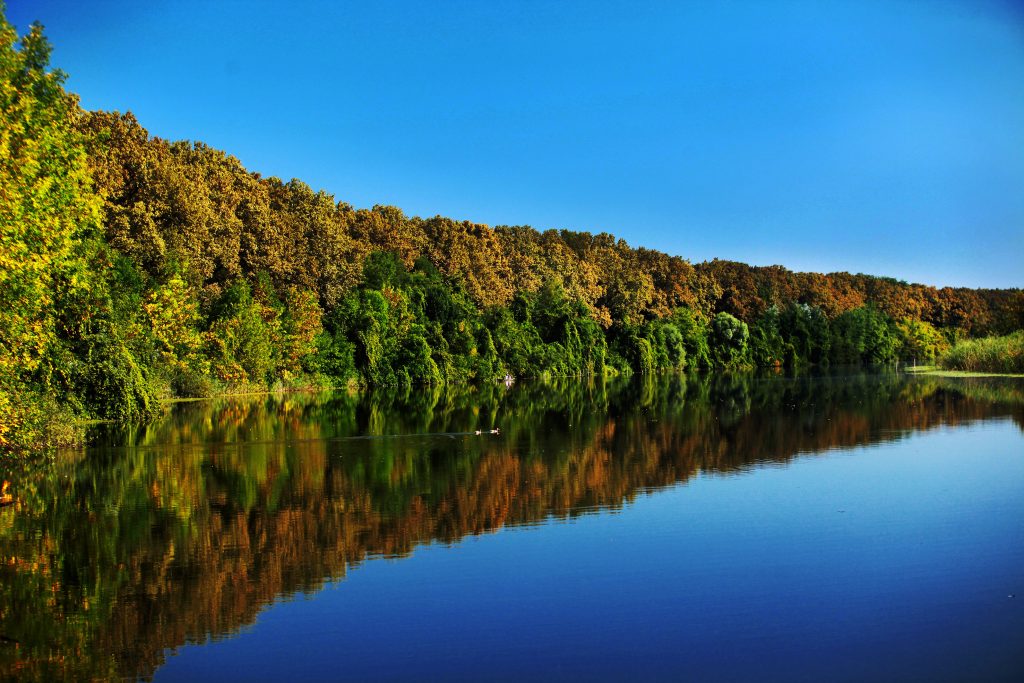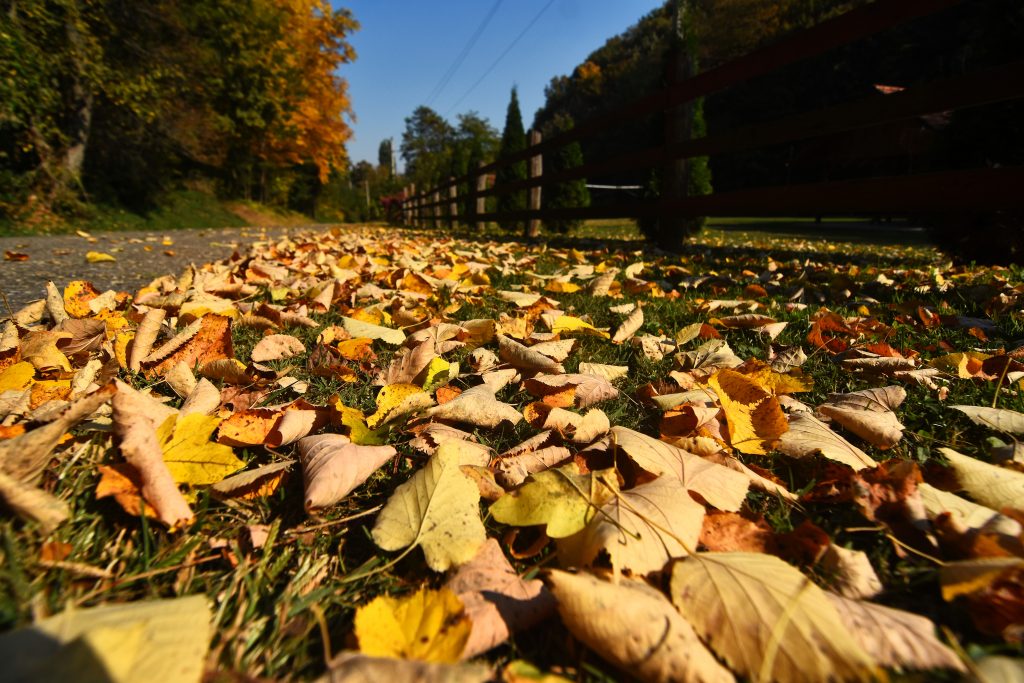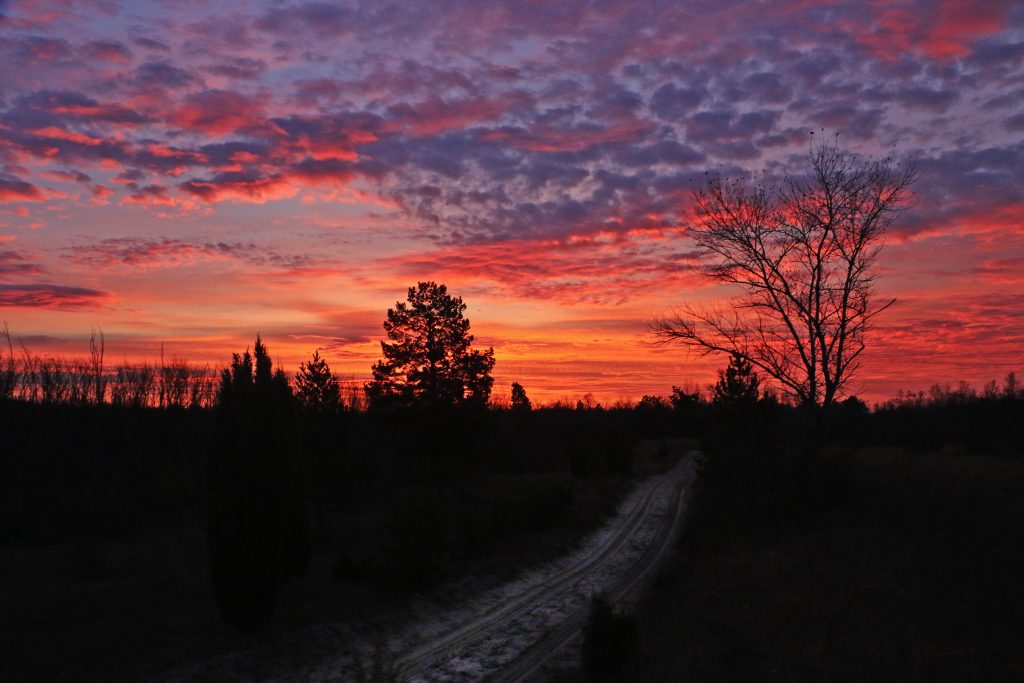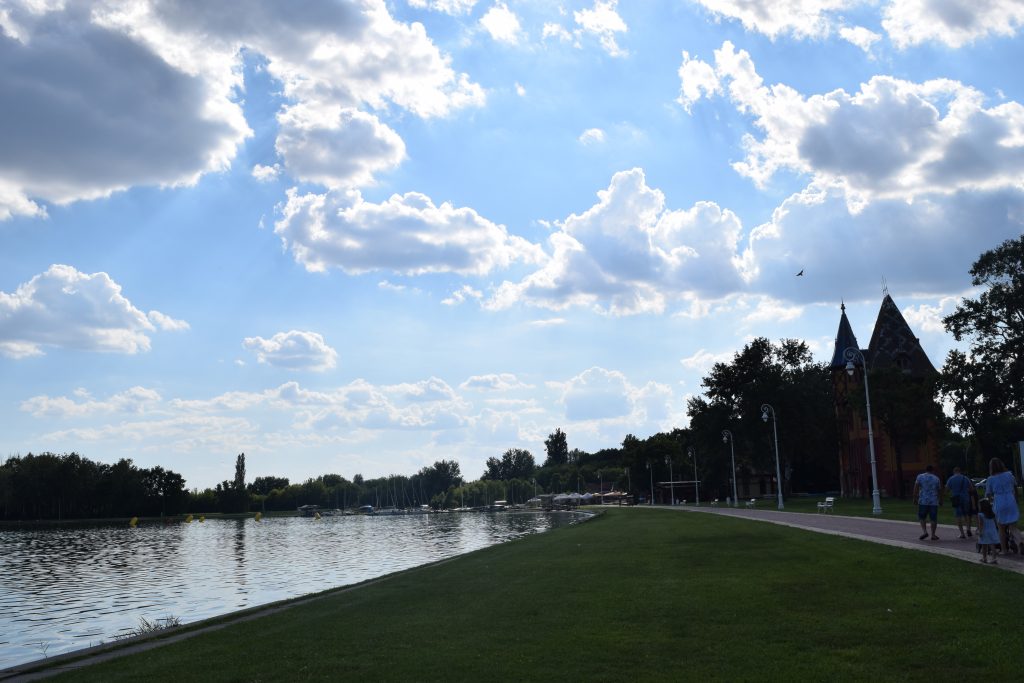Vojvodina covers the south-eastern and lowest parts of the vast Pannonian Basin, and northern parts of the Republic of Serbia, spreading on 21,506 km2, with population slightly exceeding 2 million people. Vojvodina is split into three regions – Srem, Banat and Bačka.

Vojvodina is one of a kind community created by many nations living here who came from different corners of Europe and Balkans making their “promised land” from swampy, useless and unhealthy soil, with persistent effort, through many generations.
In this area are located exceptional natural and regional units, unique in this part of Europe such as Deliblatska peščara – Deliblato Sands which is largest in Europe, Fruška gora and Vršačke planine -Vršac Mountains, large flatland rivers – the Danube, Sava, Tisa, Begej, Tamiš and their vast flood areas.

Vojvodina represents a conglomerate of various nations and ethnic groups, and as such it also stands as a conglomerate of different cultures. The process of emergence and preservation of Vojvodina’s ethnographic heritage on the unstable space of south-eastern Europe, stands as a model of commitment which nourishes the spirit of tolerance as the only means for survival and prosperity of civilisation. The mosaic of local cultural heritage is something only Vojvodina can contribute to the European tourist market. There is no other place on the continent that offers such ethnical diversity. Most importantly, this diversity is still active and alive in the villages and towns, thus making the cultural heritage part of the present, neatly weaved into all facets of life, not leaving it merely in the past.
The largest area under the linden trees in Europe
If you are interested in nature and scenery of primordial beauty, then Vojvodina is certainly a place for you. Use the opportunity to visit the National park Fruška gora – a wavering Pannonian mountain safeguards numerous surprises imbued with habitats of precious plants and animals, as well as monasteries of significant historical importance. The largest area under the linden trees in Europe captivates visitors’ senses every June. Supporters of eco and geotourism gladly return to Fruška gora, and geologists and researchers emphasize that it is, due to its geological heritage, also known as “a mirror of geological past”. Climbing down the northern foothills, leads to the banks of the Danube, and other large rivers of Vojvodina. Natural processes of erosion still patiently form marshlands and flooding plains. The most important ones have been placed under protection as *Ramsar Sites.

“European Sahara”
Vojvodina has unique Special Nature Preserves: Koviljsko-petrovaradinski rit, Gornje Podunavlje, Stari Begej-Carska bara, Deliblatska peščara and Obedska bara. Alfred Brehm used to visit the marshes of „Gornje Podunavlje“preserve, collecting materials for ornithological collection for the Natural History Museum in Vienna. The Stari Begej-Carska bara preserve has a long tradition of ecotourism, and in the southern Banat is located Deliblatska peščara preserve with vast areas under sands. This area was therefore nicknamed the “European Sahara”. Spreading in the southerly direction, very close to the banks of the Danube, the sandy ecosystems gently turns into the wetlands of Labudovo okno. This protected Ramsar Site is one of the more important bird habitats. Obedska bara – “Ornithological Eldorado”, situated at the south of Srem, was put under protection immediately after Yellowstone National Park, in 1874.

If you are devoted to ecotourism
Travelling through northern Bačka provides easy access to the highest concentration of the protected areas located in one place. Constituent parts of that region consist of two preserves -Ludaško jezero and Selevenjske pustare, one nature park Palić and one special nature preserve Subotička peščara. In this, seemingly monotonous flatland, is located an abundant mosaic of habitats and communities of animal and plant wildlife. If you are devoted to ecotourism, you will certainly cherish all the beauty and significance of nature in Vojvodina.
These nature districts provide excellent conditions for active holidays, including mountaineering, educational walks through the valuable and well-preserved wildlife habitats, bicycle rides along some of the marked cycling tracks in Podunavlje, bird watching or photo safaris.
*A Ramsar site is a wetland site designated to be of international importance under the Ramsar Convention. The Convention on Wetlands, known as the Ramsar Convention, is an intergovernmental environmental treaty established in 1971 by UNESCO, which came into force in 1975. It provides for national action and international cooperation regarding the conservation of wetlands, and wise sustainable use of their resources. Ramsar identifies wetlands of international importance, especially those providing waterfowl habitat.